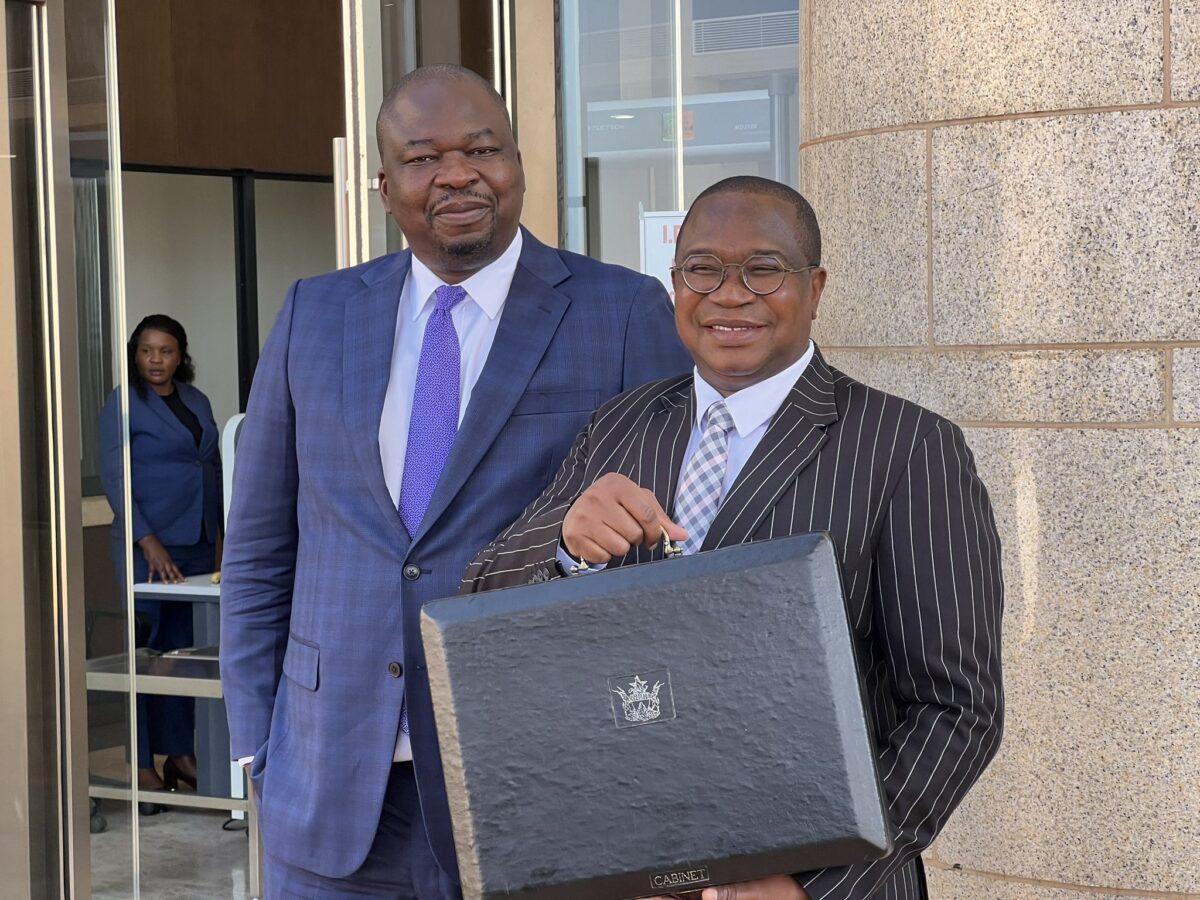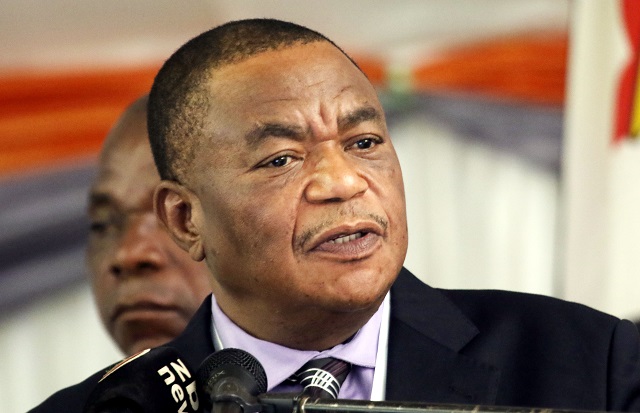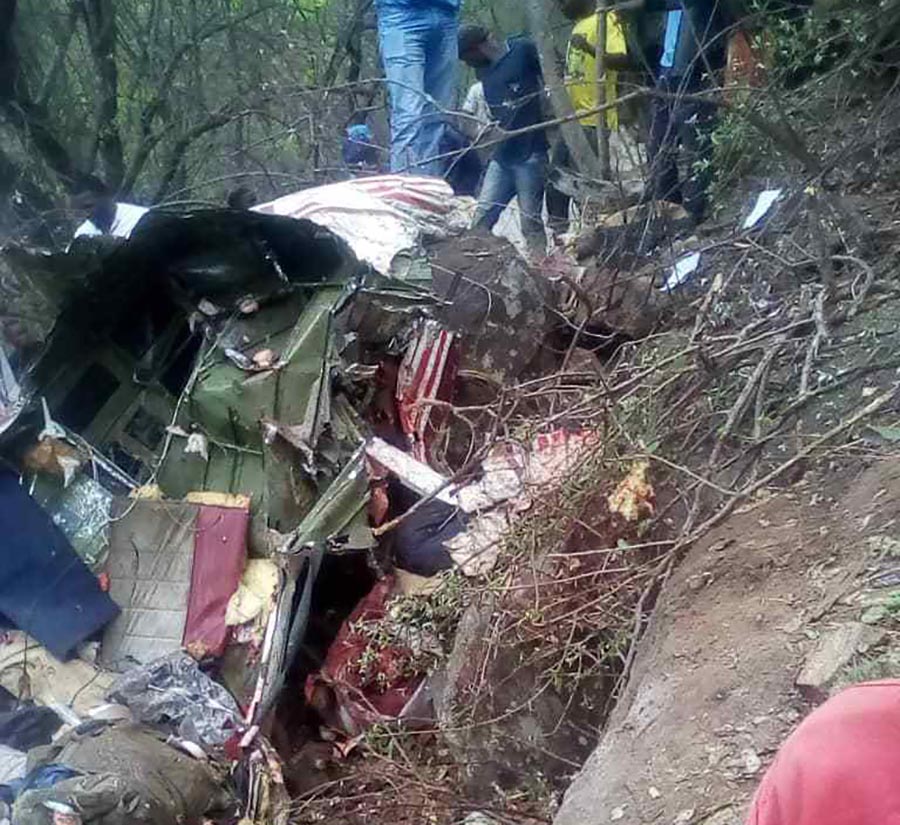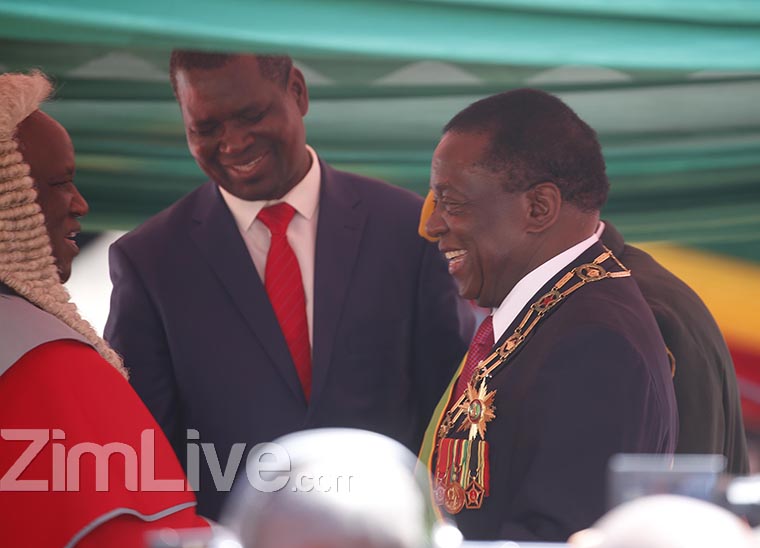BEIJIING, China – President Emmerson Mnangagwa on Tuesday met executives of the China Railway Group to discuss a “transformative” deal to revamp the country’s decaying railway infrastructure, an official said.
Finance minister Mthuli Ncube previously disclosed that the deal was worth $533 million.
Reacting to the meeting in Beijing where Mnagagwa will attend China’s Victory Parade on Wednesday to mark the 80th anniversary of Japan’s surrender in World War Two and the end of the conflict, presidency spokesman George Charamba said the CRG has been in “communication with the Zimbabwe government on revamping and expanding Zimbabwe’s rail network.”
CRG constructed over two-thirds of China’s railways and manages significant infrastructure projects worldwide.
Charamba said: “Zimbabwe is on the verge of clinching a deal with the Chinese Railway Group so work on this critical enabler starts.”
The infrastructure partnership would represent one of the largest Chinese investments in African rail infrastructure in recent years.
Zimbabwe’s railway network, initially constructed during British colonial rule, has operated for over a century but has suffered from severe deterioration in recent years. The system reached its peak capacity in the 1990s, handling approximately 12 million tons of cargo annually.
However, due to years of underinvestment, maintenance neglect, and economic challenges, freight volumes have plummeted to less than 3 million tons per year—just 15 percent of its historical capacity.
The rail network’s decline has significantly hampered Zimbabwe’s economic growth, particularly in the mineral export sector, which relies heavily on efficient transportation to regional coastal ports. Vegetation has overgrown sections of track, and many locomotives and wagons have become inoperable due to lack of maintenance.
The discussions with CRG are for a comprehensive overhaul of Zimbabwe’s rail infrastructure through several key initiatives including infrastructure modernisation, rehabilitation of existing railway lines, signaling systems, and the acquisition of 17 new locomotives and 209 modern freight wagons.
CRG would also build five new stations under Phase 1 of the project and develop a critical new line connecting Beitbridge to Harare, Ncube said back in May.
The project is set to be implemented by TransTech Engineering Corporation, a subsidiary of CRG with extensive experience in African infrastructure projects. The company has previously undertaken major railway projects across the continent, including the 1,860-kilometer TAZARA line connecting Zambia to Tanzanian ports and the Addis Ababa-Djibouti Railway in Ethiopia.
Efficient transportation infrastructure is critical for the country’s economic growth, particularly for moving mineral exports to international markets.
Zimbabwe possesses substantial mineral wealth, including lithium, chrome, coal, and granite —resources increasingly in demand for global clean energy technologies.
Chinese companies such as Tsingshan Holdings, Sinosteel, Sinomine, Zhejiang Huayou Cobalt, and Chengxin Lithium have established significant mining operations in Zimbabwe in recent years but have faced challenges in exporting their products due to transport constraints.
The upgraded rail system is expected to play a crucial role in helping Zimbabwe achieve its US$12 billion mining industry target by facilitating efficient movement of minerals to ports in Mozambique and South Africa for export to Asian markets, particularly China.
The China Railway agreement is not Zimbabwe’s only effort to address its transport challenges. The National Railways of Zimbabwe (NRZ) has also engaged 11 private companies to participate in various aspects of railway revitalisation, including South Africa’s Grindrod through its Zimbabwean subsidiary Beitbridge Bulawayo Railway.
Grindrod has already deployed three locomotives and 150 wagons since March 2024 as part of this broader partnership.
According to Ncube, a feasibility study for the railway revitalisation project was scheduled for completion by the end of June 2025. The original plan was that a formal announcement of the deal would be made during the Forum on China and Africa last month.
The funding mechanism for the $533 million project has not been fully disclosed, though it likely involves a combination of Chinese loans and contractor financing arrangements. This would add to Zimbabwe’s growing debt obligations to Chinese entities.















